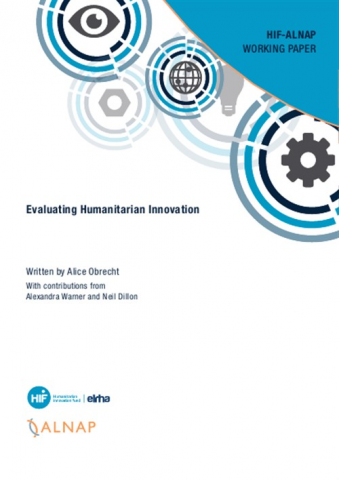‘Value for Money in ActionAid: Creating an Alternative’
Since 2012 ActionAid has been working on a Pilot Project on Value for Money as part of the Programme Partnership Agreement (PPA) with DFID. This paper summarizes some of the key learning on VfM and on the approach that was developed. While VfM practices have proven to be difficult for INGOs to use, the VfM […]
‘Value for Money in ActionAid: Creating an Alternative’ Read More »


